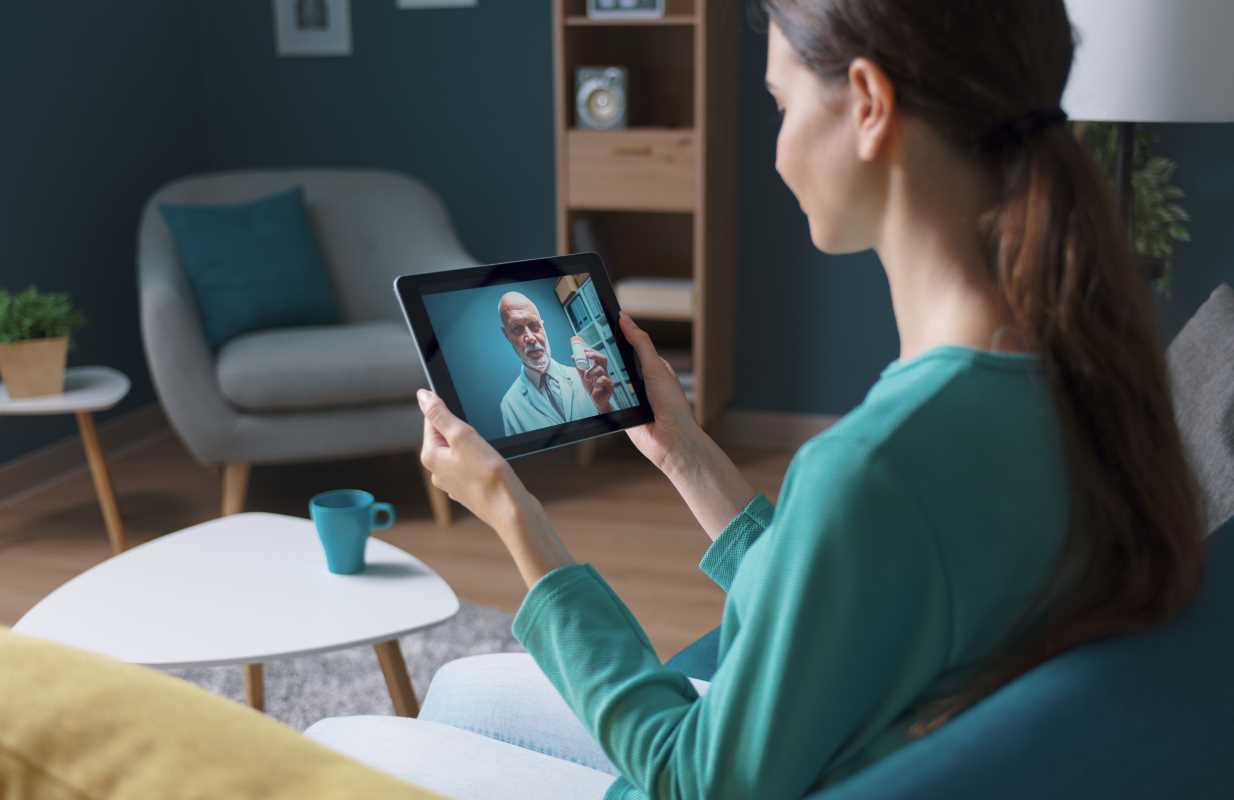Gone are the days when managing your skin health meant squeezing in a trip to the dermatologist’s office, battling traffic, and sitting in a crowded waiting room. Thanks to modern technology, virtual dermatology appointments are changing the game. Whether you’re dealing with stubborn acne, eczema flare-ups, or just need advice on the best skincare routine, the benefits of virtual consultations are worth exploring. Convenience, accessibility, and efficiency are just a few perks driving this revolution in dermatology. If you haven’t yet dived into the world of online skin care, here’s everything you need to know about how virtual dermatology works and why it’s making waves in patient care.
The Appeal of Dermatologist Virtual Appointments
Virtual dermatology appointments are exactly what they sound like—a chance to meet with a licensed dermatologist from the comfort of your home (or wherever you happen to be). All you need is a device with a camera and an internet connection. Simple, right?
One of the biggest appeals of virtual visits is that they eliminate the time and hassle of traveling for an appointment. Think about it—no more rearranging your busy schedule to fit in a commute or spending precious minutes flipping through outdated magazines in a waiting room. With online consultations, you can hop onto a video call, get the care you need, and return to your day in record time.
For many people, virtual dermatology is also a game-changer because it solves accessibility issues. If you live in a rural area or far from the nearest dermatologist’s office, getting specialized care can be a challenge. Virtual appointments bridge this gap, making expert advice available to anyone, anywhere.
Skin Conditions That Can Be Treated Virtually
If you’re wondering whether your specific skin concern can be tackled in a virtual consultation, the answer is likely yes. While some conditions still require in-person evaluations, many common dermatological issues can be addressed remotely. Here’s a breakdown of what virtual dermatology can help with:
- Acne: Whether you’re battling teenage breakouts or adult cystic acne, a virtual dermatologist can assess your skin and recommend a treatment plan, including prescription medications if needed.
- Eczema and Psoriasis: If chronic inflammation is leaving your skin itchy, red, or scaly, a doctor can evaluate your symptoms through a virtual appointment and suggest solutions like topical creams, prescription treatments, or lifestyle changes.
- Rashes: Mysterious rash? Upload clear photos before your appointment, and your doctor can often diagnose and treat it online.
- Skin Allergies: Virtual consultations are ideal for discussing allergic reactions or sensitized skin and creating a plan to soothe irritation.
- Hair Loss: If you’re noticing thinning hair or bald patches, a dermatologist can guide you on potential causes and treatment options.
- Skin Cancer Screenings: While virtual methods allow dermatologists to assess moles or lesions, suspicious cases will still need an office follow-up for biopsy. However, starting online is a fast way to prioritize concerns.
Virtual dermatology may not cover everything—procedures like mole removal, cryotherapy, or injections do require in-person visits. However, for a wide range of everyday skin concerns, the online approach delivers real results.
How Technology Drives Better Skin Care
At its core, the rise of virtual dermatology relies on smart, user-friendly technology. Telehealth platforms and apps designed specifically for dermatology have made connecting with physicians easier than ever. Before your appointment, these platforms often allow you to upload high-resolution photos of your skin issue. This gives your dermatologist a detailed glimpse of your concern ahead of the consultation, so you can skip straight to discussing solutions during your call.
For added ease, many telehealth systems also streamline prescription services. If your dermatologist recommends a medication, they can electronically send the prescription to your pharmacy or even ship it directly to your door. These time-saving features add layers of convenience that make it easier to stick to your treatment plan.
Tips for Getting the Most Out of Your Virtual Consultation
If you’re new to the world of virtual dermatology, a little preparation can go a long way in making your visit as productive as possible. Here are some tips to help you feel confident:
- Take Clear Photos Ahead of Time: Good lighting and sharp focus are key. Make sure to capture the specific areas of concern from multiple angles. This helps your dermatologist see details that may be less noticeable on a video call alone.
- Prepare Your Questions: Write down any concerns or symptoms you want to bring up. This ensures you don’t forget anything important during your session.
- Have a List of Products You Use: Knowing your current skincare routine helps your dermatologist understand what might be causing or exacerbating issues.
- Test Your Devices: Check your internet speed and make sure your camera and microphone are working properly to avoid delays during the consultation.
- Follow Up: After your appointment, follow through with recommended treatments and check back in if your symptoms persist or if you have additional concerns. Virtual care is often designed for ongoing communication, so don’t hesitate to stay in touch.
The Future of Dermatology
The rise of virtual appointments represents just the beginning of a broader transformation in dermatology. As telehealth continues to grow, we’ll likely see even more innovative tools to improve how we address skin health. For example:
- AI-Driven Diagnoses: Artificial intelligence is already being developed to help dermatologists analyze skin conditions more efficiently and accurately after reviewing patient photos.
- Wearable Tech: Devices that monitor UV exposure, hydration levels, and skin temperature could someday integrate with virtual dermatology platforms for a more personalized approach to care.
- Expanded Accessibility: Partnerships between telehealth platforms and insurance providers will continue to make virtual dermatology more affordable for a wider range of patients.
These developments are setting the stage for dermatology that is not only more accessible but also more effective at delivering personalized care.
 (Image via
(Image via





